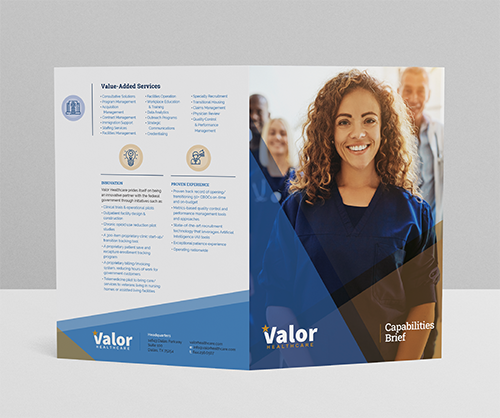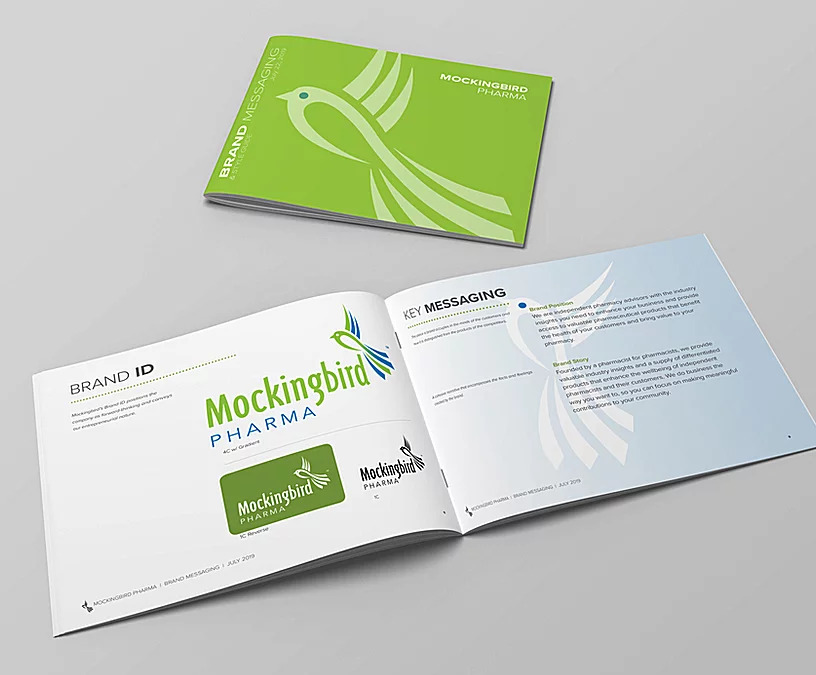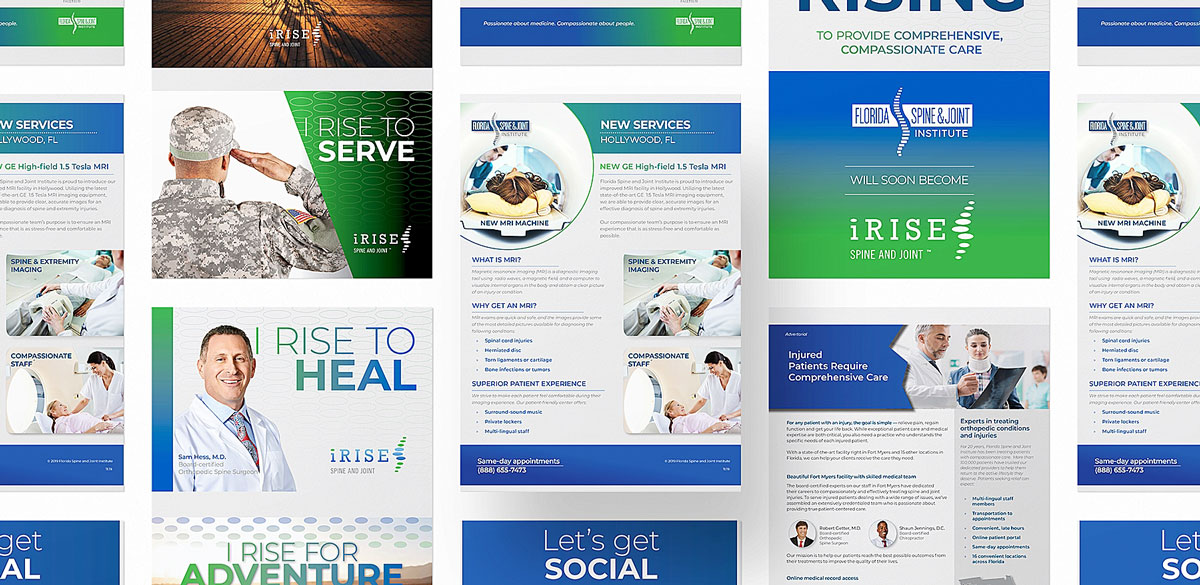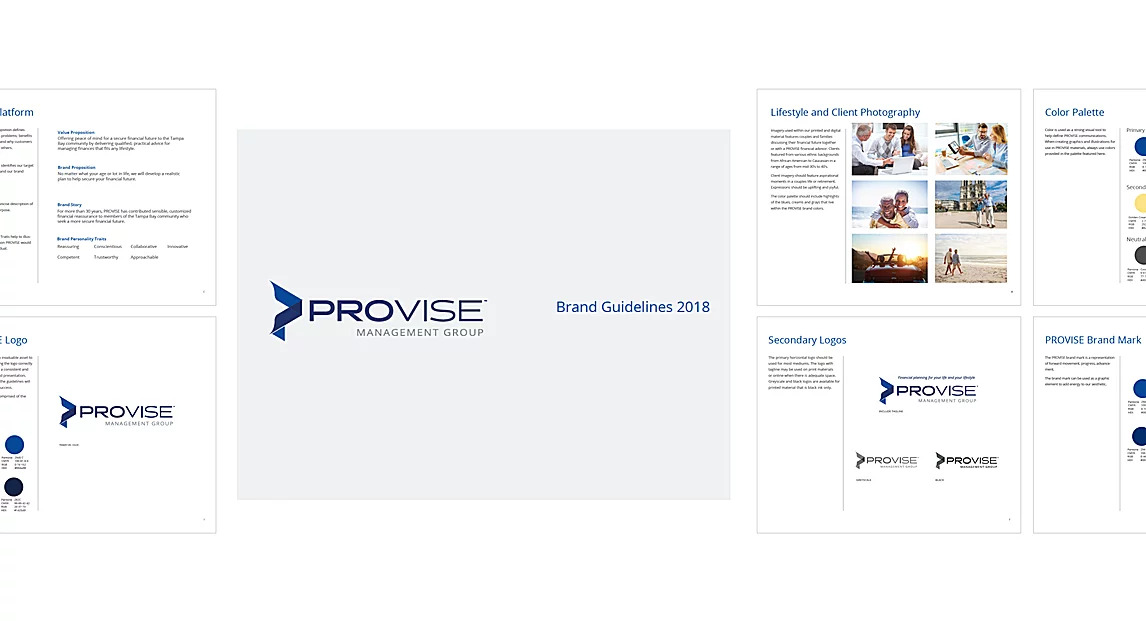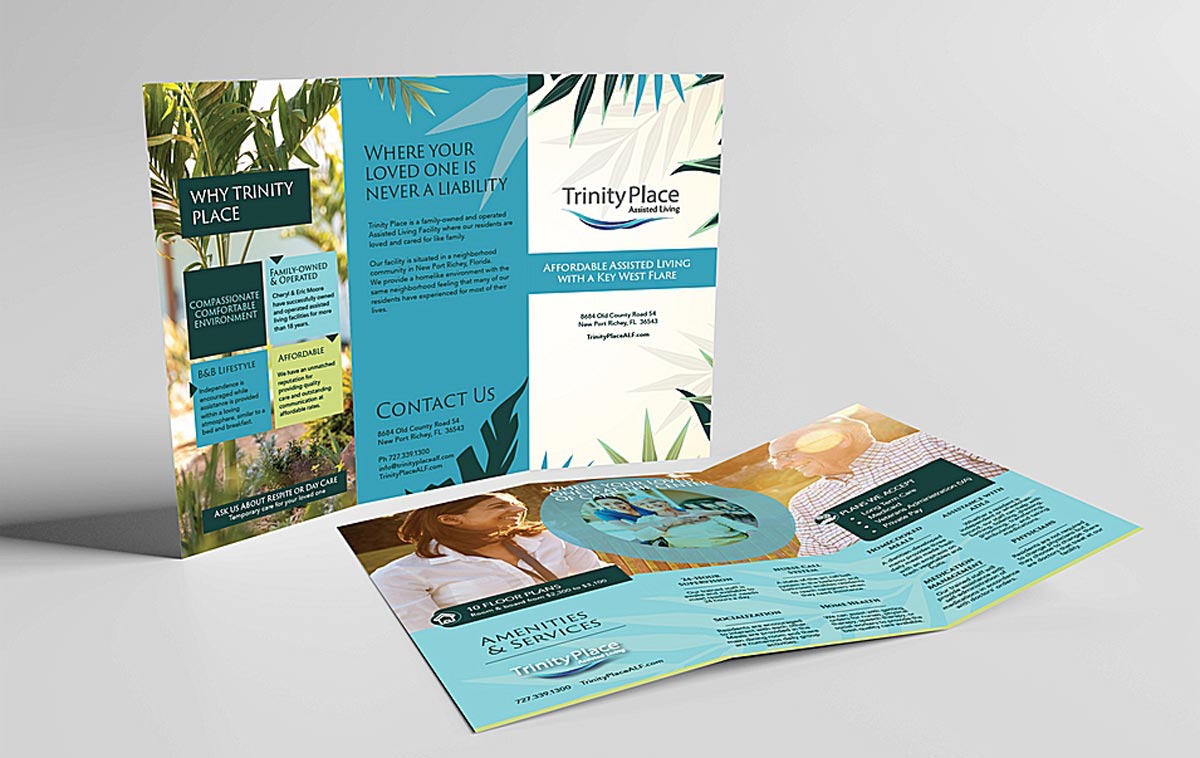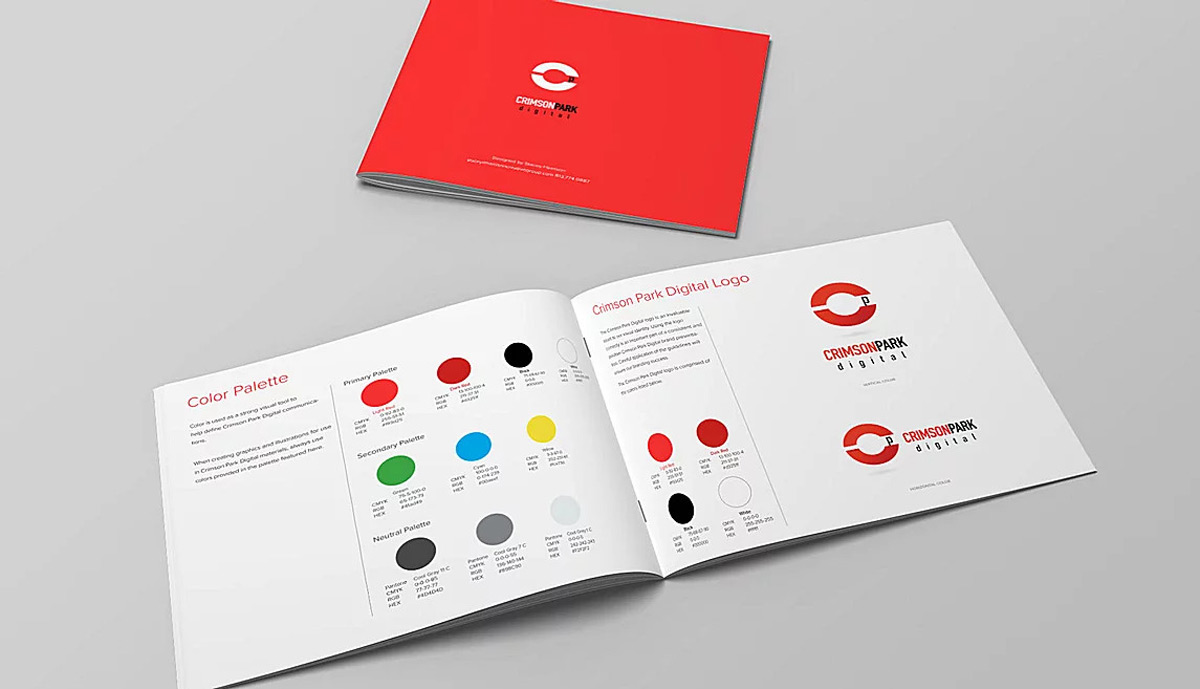He said many of his clients plan to retire but that they don’t have a written plan to help define how they get to that point financially. His advisors guide clients in a path to help them achieve their financial goals so they can retire in a comfortable position – so, they can live the life they choose, not what they’re left to deal with.
First, I thought about my own retirement plan and made a note to meet with my financial advisor ASAP to build a plan to guide my husband and me into our golden years. Next, I thought about how relevant the idea of planning is to my clients in various industries and lifecycles of their business.
Writing out a plan to succeed is important in every aspect of life – personal and business. It’s the old Benjamin Franklin quote, “If you fail to plan, you plan to fail.”
How do you create a marketing plan that will improve your business?
Start with these basics:
Define your target audience and be specific.
Outline who your ideal customer is with demographic and behavioral details.
-
Where is your customer located geographically? Urban? Suburban? Within a certain mile radius of your facility? Or are they all over the world?
-
Who are they? How old are they? Are they male or female? Do they have a certain income level? Married or Single? With Kids?
-
What do they like to do? Are they business people who attend conferences? Are they sport fanatics? Do they love home improvement? Are they into health and fitness activities? Do they binge-watch streaming video?
If you’ve already done some research on your target market, this is a great place to include any data obtained in the research. You can also outline the personas of various different types of customers in your target audience.
Determine how you plan to reach your target audience and what that will cost.
-
Using the information you defined in the first section, determine what’s the best way to reach your audience. If they love to watch television, perhaps the media to reach that audience is TV commercials or earned media.
-
Sometimes what’s ideal and what’s possible don’t align with your budget. If you don’t have the budget for mass media like TV or radio, perhaps you focus on a digital campaign like social media or Google pay-per-click, so you can be more targeted in your approach. If you have a large budget and are focused on building brand awareness. Then, perhaps you partner with a sports team to reach the sports fanatics that may use your products or services.
Outline how you’ll measure success with measurable and attainable metrics.
Next, use the information you outlined in the second section to set some measurable goals. For instance, if you have a digital campaign that drives to your website, your metrics might include website traffic, time on site, bounce rate, or page views. If you have a TV or print campaign, your metrics might be phone calls.
-
Traditional media metrics
-
Phone calls
-
Appointment/Proposal request
-
Digital campaign metrics
-
Clicks
-
Conversions
-
Form completions
-
Website traffic
-
Time on site
-
Page views
-
Bounce rate
Build a timeline of when you’ll achieve your goals for accountability.
How quickly do you plan to achieve these milestones? Most companies build out an annual marketing plan. It does help to break up those milestones by month or quarter, so you can measure progress. It also helps your financial team to outline the expenses by month.
Summarize all this for your executive team or investors.
The first four parts of this plan will help guide your marketing team to execute the plan. But it will likely be lightly perused in an executive summary by your investors, shareholders, or executive team. This section should be included in the front of your plan. Think of it as the cliff notes of the marketing plan.
Need help building your marketing plan? Contact Heart & Hustle.

About the Author
Stacey Harrison is the lead brand strategist and designer at Heart & Hustle Brands and has provided creative direction for healthcare, industrial, and financial services brands for 20 years. She started Harrison Creative Group in 2017 to serve businesses that need a professional brand image on a budget. In 2021, the company rebranded to Heart & Hustle Brands to walk in the shoes of clients that experience a change of name or brand refresh.



